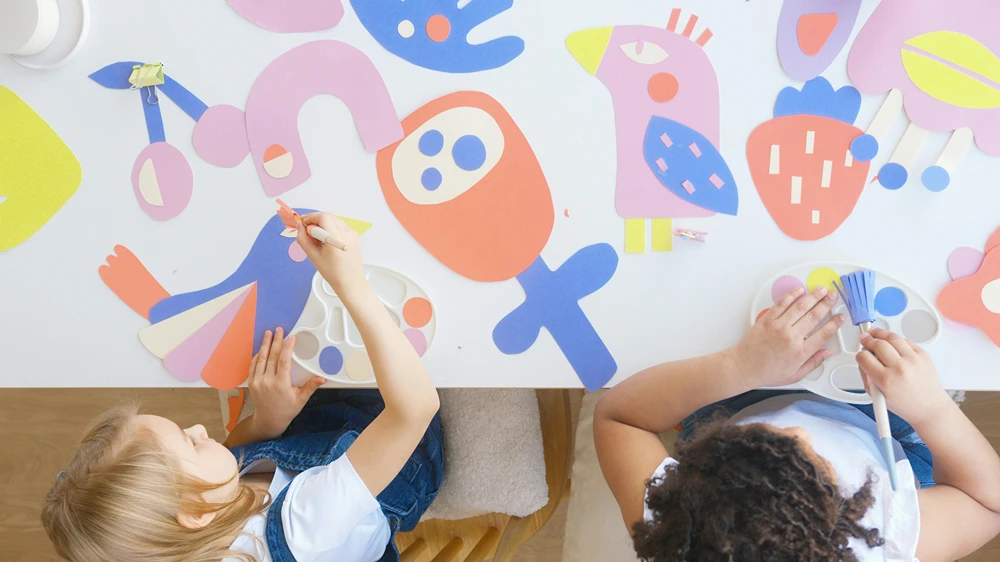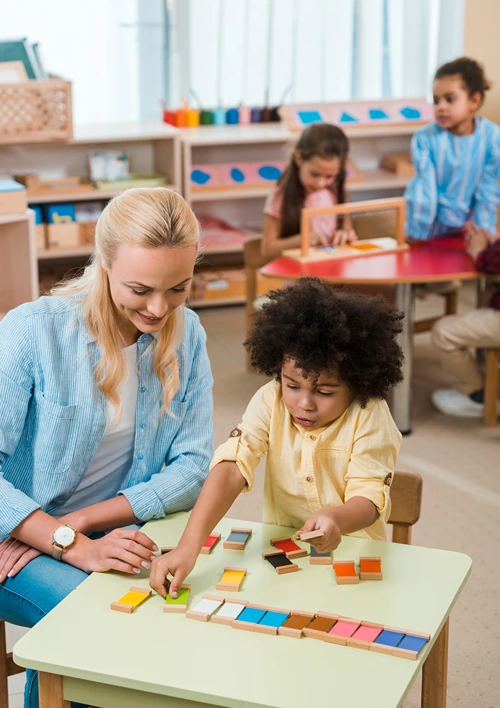Top 10 Educational Toys For Kids That Make Learning Fun
Have you ever watched a child get completely absorbed in building a tower, solving a puzzle, or pretending to be a mini scientist? If so, then you’ve seen the magic that an educational toy can bring to the learning equation while keeping kids entertained for hours.
These aren’t just playthings—they’re tools that spark curiosity, encourage creativity, and help kids grow smarter. As a parent or educator, the first step is to find these toys that promote brain development.
Best Educational Toys for Kids: 10 Options That Deliver Real Results
Educational toys create the perfect opportunity for children to develop crucial skills while they’re having a blast. When playtime doubles as learning time, everyone wins!
Here’s a look at ten educational toys that deliver genuine developmental benefits:

1. Building Blocks and Construction Sets
Children naturally gravitate toward building and creating. Construction toys develop spatial reasoning, fine motor coordination, and early engineering concepts. As kids stack, balance, and design structures, they’re learning about symmetry, stability, and problem-solving. The open-ended nature of blocks encourages creative thinking and teaches persistence when structures topple.
2. Coding Robots
Simple programmable robots introduce computational thinking without screen time. Kids as young as 4 can learn basic coding concepts by giving robots sequential instructions to follow. This builds logical thinking skills, teaches cause-effect relationships, and introduces the step-by-step process needed for coding. Many coding toys grow with children, offering increasingly complex challenges as skills develop.
3. Science Kits
Age-appropriate science kits bring experiments right to the kitchen table. Whether exploring chemistry with safe mixing activities, discovering physics through simple machines, or investigating biology with growing kits, children learn the scientific method through hands-on discovery. These kits foster curiosity, teach observation skills, and build scientific vocabulary in meaningful contexts.
4. Mathematical Manipulatives
Counting bears, pattern blocks, and fraction tiles transform abstract math concepts into tangible objects children can explore. These manipulatives build number sense, develop pattern recognition, and create a strong foundation for mathematical thinking. The physical interaction with math concepts helps cement understanding in ways that worksheets alone cannot achieve.
5. Geography Puzzles
Map puzzles and interactive globes help children visualize spatial relationships between countries, continents, and oceans. As kids assemble puzzles, they become familiar with world geography while simultaneously developing fine motor coordination and spatial reasoning skills. Some geography toys include facts about cultures and landmarks, broadening children’s understanding of the world.
6. Activity Sheets
Fun activity sheets for kids provide focused learning opportunities in engaging formats. Maze worksheets develop planning skills, word searches build vocabulary recognition, and dot-to-dot activities strengthen sequencing abilities. These versatile resources can target specific learning objectives while feeling like play. Activity sheets work wonderfully for travel, waiting rooms, or quick learning moments throughout the day.
7. Storytelling Cards or Cubes
Storytelling prompts encourage children to create narratives by connecting random images or themes. These tools develop narrative thinking, expand vocabulary, and exercise imagination. Regular storytelling practice builds communication skills and helps children understand story structure, setting the foundation for reading comprehension and writing abilities.
8. Musical Instruments
Child-friendly instruments introduce musical concepts while strengthening auditory processing skills. Playing instruments develops rhythm recognition, listening skills, and the ability to identify patterns. Music education connects to improved mathematical thinking and language development. Even simple percussion instruments can begin a lifetime appreciation for music.
9. Balance Boards and Coordination Games
Physical toys that challenge balance and coordination develop the vestibular system, which plays a crucial role in reading ability, emotional regulation, and attention. These active toys build body awareness, core strength, and gross motor skills while improving focus and concentration for learning activities.
10. Board Games with Strategic Elements
Age-appropriate strategy games teach planning, logical thinking, and decision-making. Children learn to anticipate consequences, develop working memory, and practice important social skills like taking turns, following rules, and gracious winning or losing. Many educational board games integrate academic content with strategy, reinforcing curriculum concepts through play.
The most valuable educational toys offer multiple ways to play and grow with children’s developing abilities. Look for toys with adjustable difficulty levels or open-ended play possibilities that encourage children to discover new challenges as their skills advance. When children are thoroughly engaged in play, the learning happens naturally!




